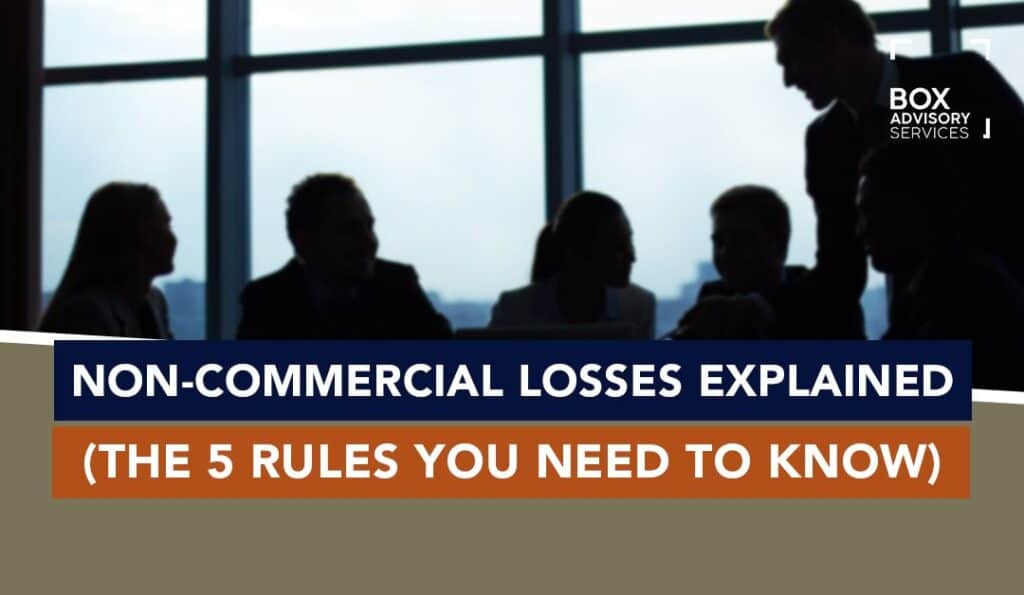
BY
|
Why and When Should You Consider a Business Restructure?
As any business owner knows, change is a constant part of running a successful operation. What works well at one stage of a business’s development may no longer be the best option as the company grows and evolves.
This is especially true when it comes to business structure.
For example, being a sole trader may be the simplest and most efficient way to run your small business when you’re just starting. However, as the business expands, switching to a company or trust structure may make more sense, as it can provide additional protection for the owners and help attract new investors.
Of course, business restructuring is not a decision made lightly. You’ll need to carefully consider the pros and cons of each option and consult with experts to ensure you are making the best choice for your business.
Here are a few things you should remember as you explore a business restructure, including the restructuring costs, the financial arrangements required, and how it can benefit to have a business restructuring plan in place.
Types of Business Structures in Australia
A business structure is the legal framework governing your business’s operations. In Australia, there are four main business structures: sole trader, partnership, company, and trust. Each type of structure has its own set of benefits and drawbacks, so it’s essential to choose the one that best suits your needs.
| Sole Traders Sole traders are the simplest and most common type of business structure. You are the business’s sole owner and control all aspects of it. You are also personally responsible for all debts and losses. | Partnerships Partnerships are similar to sole traders, but two or more owners are involved. Partners share responsibility for the business and are each personally liable for debts and losses. |
| Companies Companies are legal entities in their own right, separate from their owners. The business can be operated through a company and the company can raise capital by selling shares and provide owners with limited liability. | Trusts Trusts are legal entities that can operate a business or own property and assets on behalf of another person or organisation, known as the beneficiaries. |

Can You Change Your Business Structure?
Yes, you can undergo a small business restructuring process if you believe it would be in your best interests. Your business structure significantly impacts how your assets are protected and the tax obligations you must adhere to.
So, if your structure is no longer serving the expansion of your business, it may be time to consider drawing up a restructuring plan.
Here are some reasons you would consider a business restructure:
Your Current Structure is No Longer Tax-Effective
Small businesses operating as sole traders or a partnership will pay tax at individual tax rates. Companies, on the other hand, pay taxes at a fixed rate. If your marginal rate is higher than the fixed rate that companies have to pay, it may be more tax-effective to restructure your business.
You Need More Asset protection
If you operate as a sole trader or partnership and something goes wrong in your business, your personal assets could be at risk. As sole traders and partnerships don’t have limited liability, if your business is sued, creditors can go after your personal assets, such as your home or savings.
Operating as a company offers a limited liability, which can provide protection for your personal assets. Only the company assets will be at risk should the business experience any financial distress and can’t pay creditors.
Your Business is Growing
If you’re looking to change your business model and grow your business by taking on new shareholders or bringing in partners, a company structure will give you more flexibility than a sole trader or partnership structure. This is because companies can issue shares to new investors, providing them with a financial stake in the business without changing the management control of the business.
There is a Change in Ownership:
When you buy an existing business, you are acquiring the assets of that business and taking on its total liabilities and organisational structure. If the business you buy lacks organisation that suits your business goals, you may consider entering into a business restructuring process.

Small Business Restructuring Process From a Sole Trader to a Company
Setting up a company can be a big step for any business owner. It’s important to understand this decision’s implications before switching from a sole trader business structure to avoid any operational or financial difficulties.
For example, companies are taxed differently than sole traders, so it helps to understand how this will affect your business before making the switch. You’ll also need to comply with different reporting obligations as a company, including filing annual financial statements and company tax returns.
You’ll also need to provide the ATO with valid reasons for restructuring your business to ensure you’re not violating general anti-avoidance provisions (GAAP).
GAAP is implemented to prevent taxpayers from artificially arranging their affairs to obtain a tax benefit. So, if you’re considering a business restructuring process, make sure you have solid reasons before proceeding. Otherwise, you could end up facing some serious consequences. If you are unsure where to start, it can help to map out a restructuring plan for your journey ahead.
Make sure to check out the video below on how to set up a company.
You might also be interested in How to Start a Company in Australia for $550
Key Takeaways
When businesses are first starting out, they usually choose a simple business structure, such as a sole proprietorship or partnership. But as the business grows, the owners may decide that they need to switch to a different type of business structure. This can be a big decision, but it can be a positive move if it’s done for the right reasons.
There are several factors to consider when making the switch, so your best bet to make the right decision to help your business reach its full potential is to seek professional assistance from a restructuring practitioner, legal advisor and accountant.
They are in the best position to advise you on the most suitable strategy to structure your business, maximise tax benefits, and minimise liabilities. They can also help you set up the new structure, register it with the relevant authorities, and help you comply with all the legal and regulatory requirements of changing your business structure, even if this means undertaking a simplified liquidation process.
Here at Box Advisory Services, we have a team of experienced advisors who can help you navigate the process of setting up a new business or restructuring an existing one. We’ll work with you to understand your goals and objectives, and then provide tailored advice on the best way to achieve them.
So if you’re looking for expert advice on changing your business structure, contact us today.




